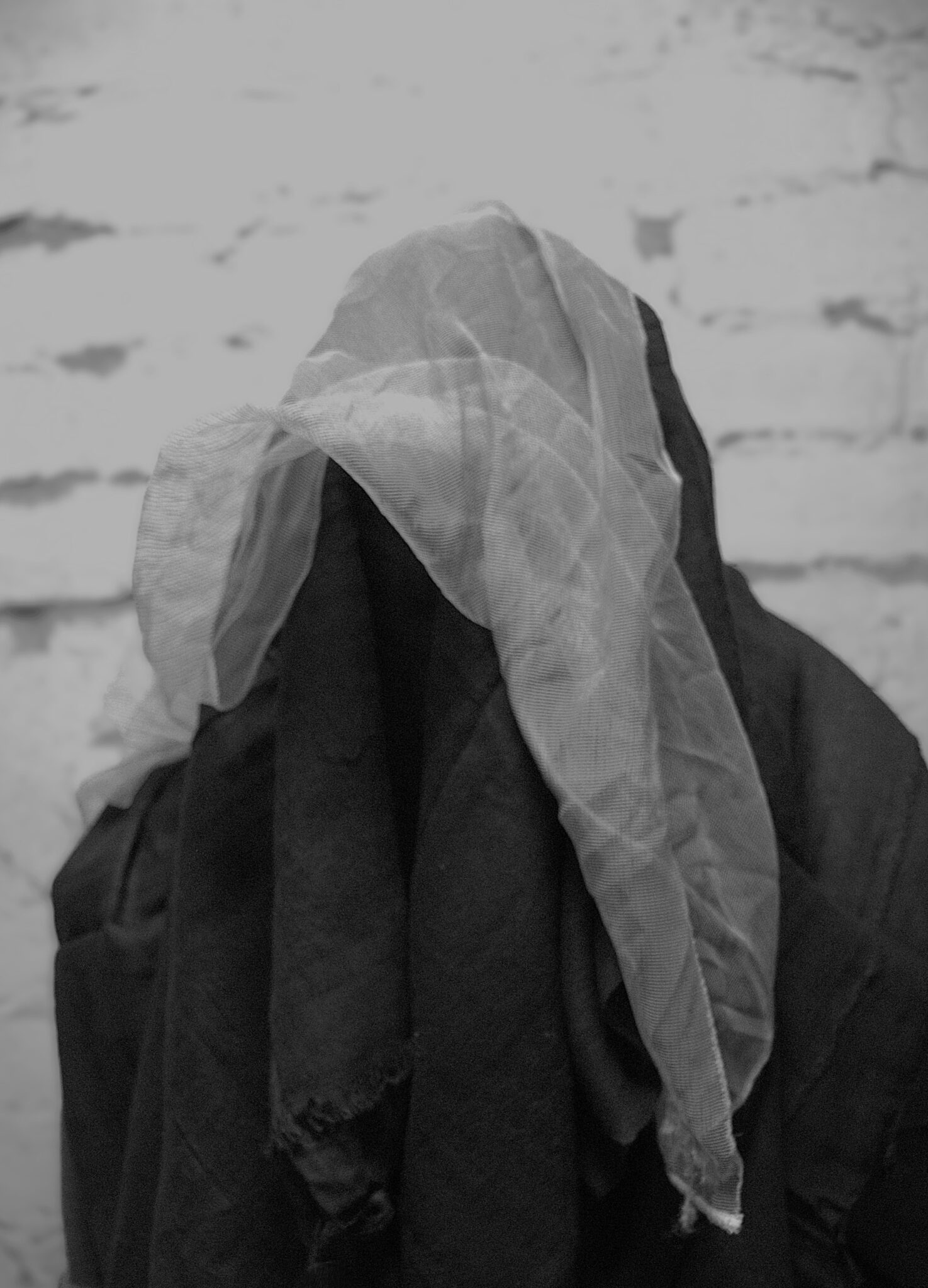 |
a.metsä on multimediaalinen taidestudio, joka suunnittelee järjestystä ja olemassaoloa kriisitilanteissa, -järjestelmissä ja -maisemissa.
|
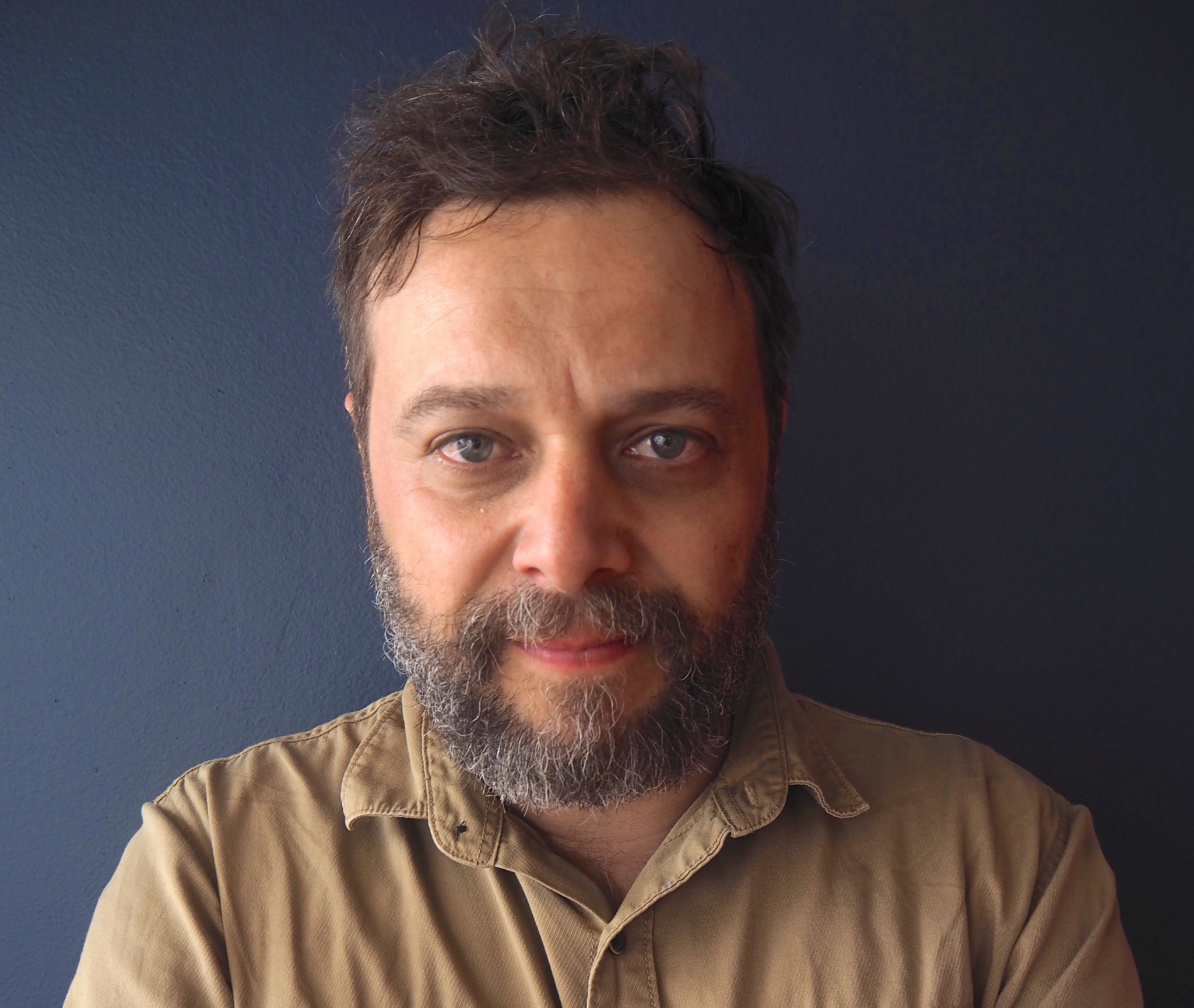 |
Cameron Bishop (PhD) on taiteilija, kirjailija ja kuraattori, joka opettaa taiteen ja esitystaiteen alalla Deakin-yliopistossa. Kuraattorina hän on ollut käynnistämässä useita julkisen taiteen projekteja, kuten Treatment (2015/17) Western Treatment Plant- alueella; Sounding Histories – projekti Mission to Seafarers Melbourne- keskuksessa yhdessä Annie Wilsonin kanssa; sekä jatkuva VACANTGeelong-projekti, jossa arkkitehtuurin ja luovien alojen tutkijat sekä johtavat australialaiset taiteilijat tutkivat teollisuuden jälkeen jättämiä hylättyjä tiloja ja herättävät ne uudelleen eloon. Hän on saanut useita apurahoja, palkintoja ja tilaustöitä, ja hänen yhteisölähtöinen lähestymistapansa julkiseen taiteeseen on saanut laajasti tunnustusta. Kaikessa hänen työssään keskiössä ovat julkisuuden käsitteen muuttuva luonne, paikan muodostumiseen liittyvät kysymykset sekä kehon esiintyminen ja kokeminen poliittisena, yksityisenä ja sosiaalisena ilmiönä. Näitä teemoja hän käsittelee sekä kirjoituksissaan – joita on julkaistu kirjoissa, tieteellisissä julkaisuissa ja näyttelykatalogeissa – että taiteessaan, usein yhteistyössä taiteilija ja insinööri Simon Reisin kanssa. David Crossin kanssa hän on myös osallistunut konsultointihankkeisiin, kuten Metro Tunnel Creative Strategy -projektiin, jossa he työskentelivät yhdessä brittiläisen julkisen taiteen asiantuntijan Claire Dohertyn kanssa Situations- järjestöstä. |
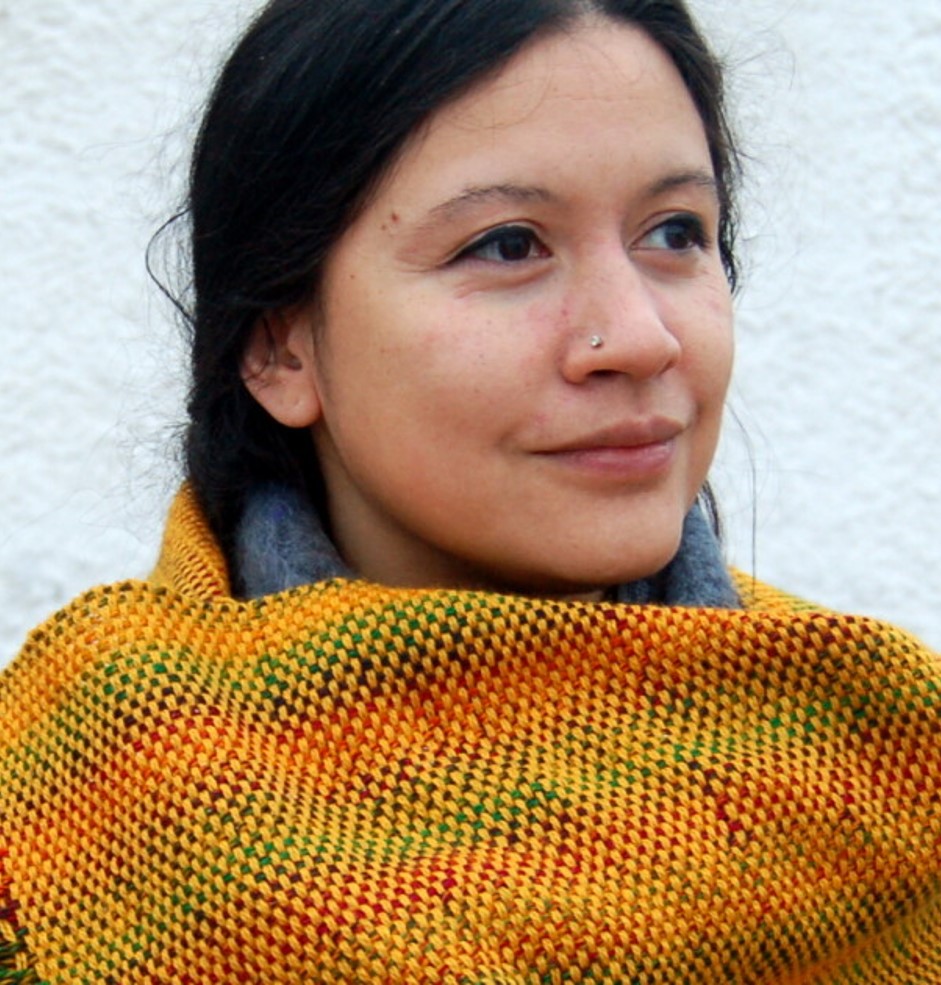 |
Moa Bleyner Cederberg on tekstiilitaiteilija, joka työskentelee Vaasassa, Pohjanmaalla. Hän on suorittanut kuvataiteen kandidaatin tutkinnon Yrkeshögskolan Noviassa ja opiskellut myös tekstiilitaidetta Nyckelviksskolanissa Tukholmassa. Työssään hän tasapainoilee perinteisten tekstiilikäsityötekniikoiden ja muiden ilmaisumuotojen välillä. Näiden törmäyttäminen antaa hänelle keinon tutkia monimutkaisia identiteettejä ja ihmissuhteita. Hänen teoksiaan on aiemmin ollut esillä muun muassa Gallery Sinnessä ja Kuntsin modernin taiteen museossa. Vuonna 2025 hän osallistuu BIEN-tekstiilitaidebiennaaliin Sloveniassa. |
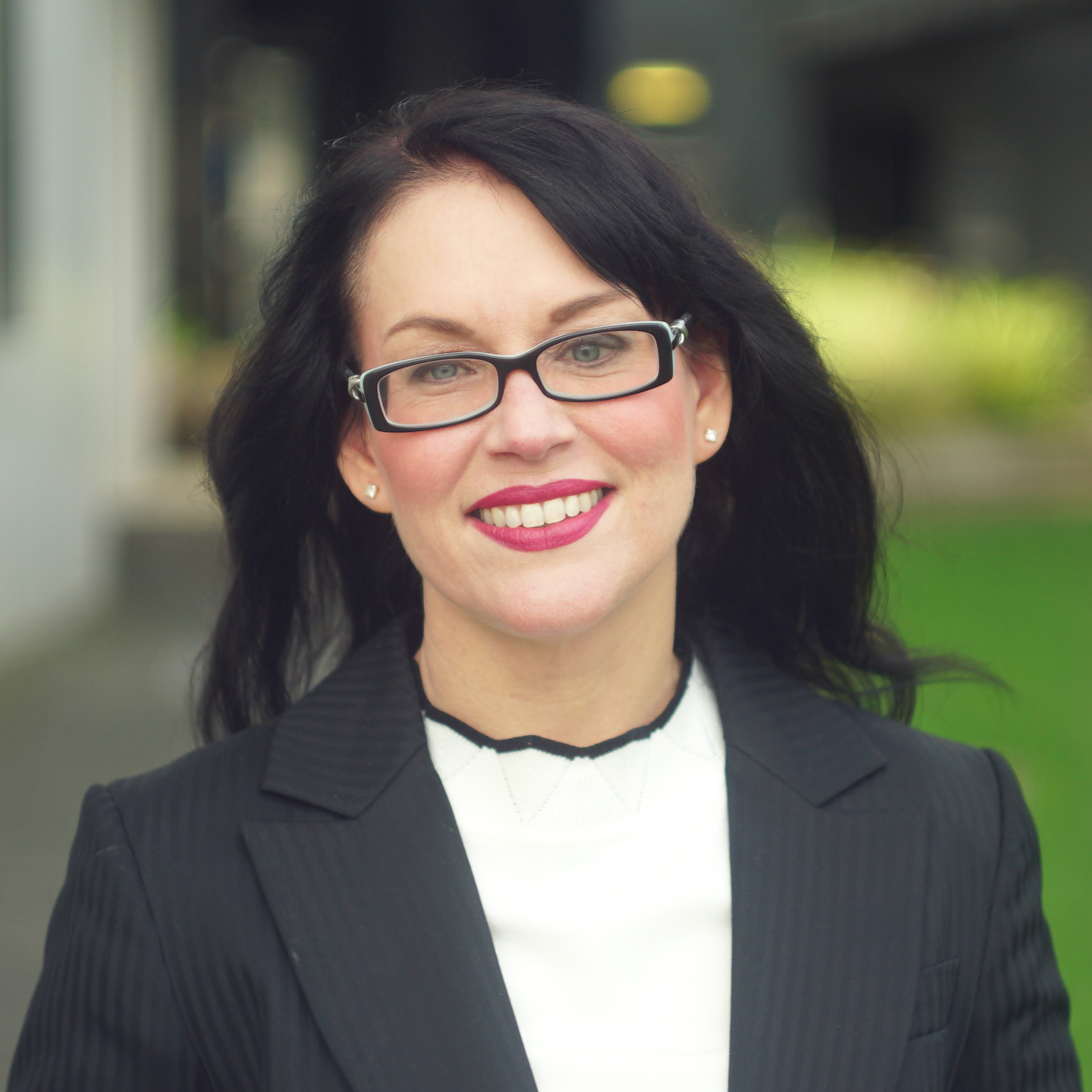 |
Toija Cinque on monitieteinen taiteilija ja kuraattori, jonka työ tutkii digitaalisen median, ekologian ja kulttuurisen muistin risteyskohtia. Teoksessaan Digital Realm (2024) hän käyttää mukaansatempaavia teknologioita – AR, VR ja 360°-videota tutkiakseen datan etiikkaa, valvontaa ja ympäristövaikutuksia. Hänen kuraattoriprojektinsa EcoDigital Futures (Melbourne Design Week 2024) tarkastelee digitaalisia teknologioita sekä luovina työkaluina että eettisinä rakenteina kestävyyden edistämiseksi. Teoksessa Memories That Make Us: Home Is a Distant Shore (2025) Cinque käsittelee toisen maailmansodan jälkeistä italialaista maahanmuuttoa interaktiivisen median keinoin, mukaan lukien hänen installaationsa ja 3D AR/AI-sovelluksensa teokselle Il Gentiluomo (Herrasmies). Hän oli myös mukana tuottamassa palkittua dokumenttielokuvaa Memories That Make Us, joka voitti parhaan etnografisen elokuvan palkinnon New Yorkin kansainvälisessä elokuvapalkintogaalassa ja oli virallinen valinta Astin kansainvälisillä elokuvafestivaaleilla sekä Fiorenzo Serran elokuvafestivaaleilla. Cinque tarkastelee koko tuotannossaan kriittisesti ja runollisesti sitä, kuinka teknologia muovaa ekologista tulevaisuutta ja säilyttää kulttuuriperintöä. |
 |
Domenico de Clario on monitieteinen taiteilija, kirjailija ja muusikko. Hän syntyi Triestessä, Italiassa, vuonna 1947 ja muutti Australiaan vuonna 1956. Hän on suorittanut maisterin tutkinnon (1998) ja tohtorin tutkinnon (2001) esiintymistutkimuksesta Melbournen Victoria-yliopistossa. Hän opetti PIT/RMIT School of Art -taidekoulussa vuosina 1973–1996 ja toimi Perthin Edith Cowan- Yliopiston nykyaikaisten taiteiden johtajana vuosina 2001–2006 sekä Monashin yliopiston kuvataiteiden osaston johtajana vuosina 2006–2009. Vuodesta 2009 vuoteen 2013 hän oli Adelaidessa toimivan Australian Experimental Art Foundationin johtaja. Vuodesta 1966 lähtien de Clario on esittänyt yli 350 yksityisnäyttelyä, installaatiota ja performanssia sekä kansallisesti että kansainvälisesti. Hänelle on myönnetty lukuisia apurahoja ja kansainvälisiä residenssejä, mukaan lukien Australia Council Fellowship- apurahan. Hän on julkaissut kolme kirjaa ja kuusi CD-levyä, jotka sisältävät improvisoitua kosketinsoittoa ja/tai laulua. Vuonna 2015 hän muutti Milduraan, Pohjois-Victoriaan, ja perusti vuonna 2016 Museum of Innocence Mildura -museon. Toukokuusta 2016 maaliskuuhun 2023 hän toimi sekä Arts Mildura -hallituksen että Mildura Contemporary Practice -komitean puheenjohtajana. Tällä hetkellä hän toimii Food Next Door -järjestön hallituksen puheenjohtajana Mildurassa. |
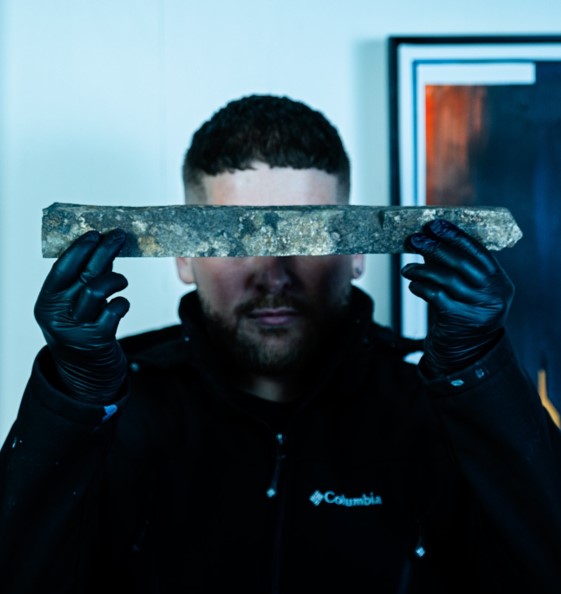 |
Benjamin Knock on monialainen taiteilija, joka pyrkii vangitsemaan yleisön mielikuvituksen ja rakentamaan siltoja muotoilun ja luonnollisen ympäristömme välille. Hän on erikoistunut suurten muraalien tekemiseen, digitaalisten maailmojen luomiseen sekä kuvataiteen studiotyöhön. Benjamin on saanut tunnustusta vangitsevista maalauksistaan, installaatioistaan ja säännöllisestä näyttelytoiminnastaan. Hänen taiteellinen tyylinsä ammentaa vahvasti inspiraatiota geologiasta ja maanpinnan alla piilevistä ihmeistä. Kasvettuaan Lounais-Australian karulla rannikkoseudulla, koskemattoman ja jylhän luonnon ympäröimänä, Benjaminin tavoitteena on vangita ne hienostuneet maanmuodostuksen elementit, jotka ovat muokanneet planeettaamme, jota me kaikki kutsumme kodiksi. |
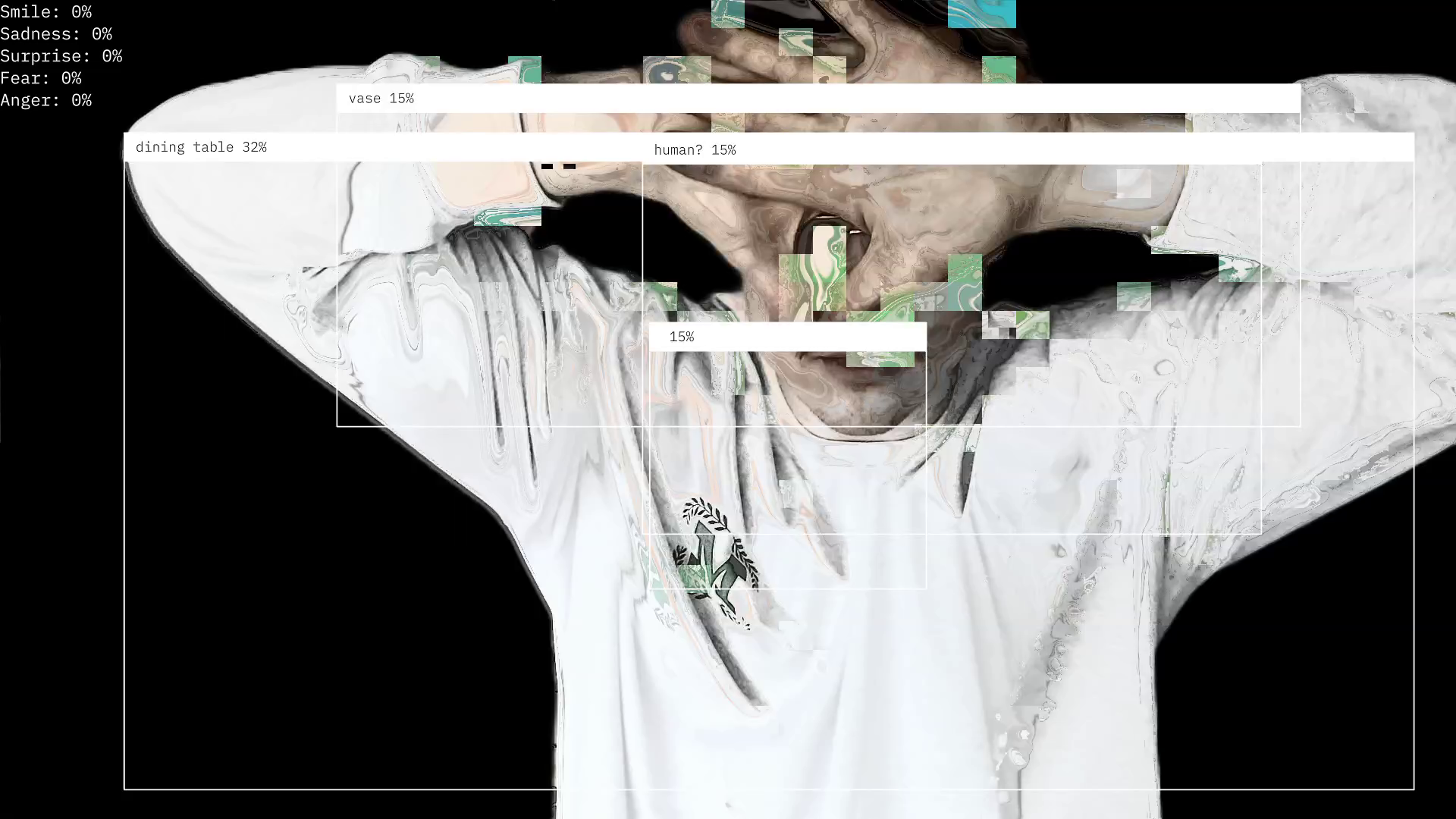 |
Samuel Kujala Havahduttuaan siihen, että hänen näyttelijätyönsä ajautui lähes koneen tavoin itseään toistavaan kierteeseen, näyttelijä-tutkija Samuel Kujala alkoi tutkia yhä teknologisemmin integroituneita näkökulmia kehollisuuteen ja esiintymiseen. Tällä hetkellä Kujala tekee väitöskirjatutkimusta Tampereen yliopiston CONVERGENCE of Humans and Machines-tutkimushankkeessa, jota rahoittaa Jane ja Aatos Erkon säätiö. Näyttelijäntyö teatterin ja median eri muodoissa on antanut Kujalalle vahvan pohjan tutkimukselle, joka keskittyy kitkaisiin ja symbioottisiin hetkiin, joita syntyy näyttelijän ja teknologian tiiviissä vuorovaikutuksessa. Taiteellisten kokeilujen, kuten lisätyn todellisuuden, sähköisen lihasstimulaation ja konenäön avulla Kujala pyrkii kehittämään niin kutsutun teknosymbioottisen näyttelijän käsitettä ja siihen liittyviä kehollisia käytäntöjä. Tutkimustyönsä ohella Kujala on näytellyt kansainvälisesti arvostetuissa elokuvissa, kuten A Light That Never Goes Out (2025) ja Fucking with Nobody (2020), sekä useissa draamasarjoissa, kuten Dance Brothers (2023; Netflix) ja Pasilan Myrkky (2023; Ruutu+). |
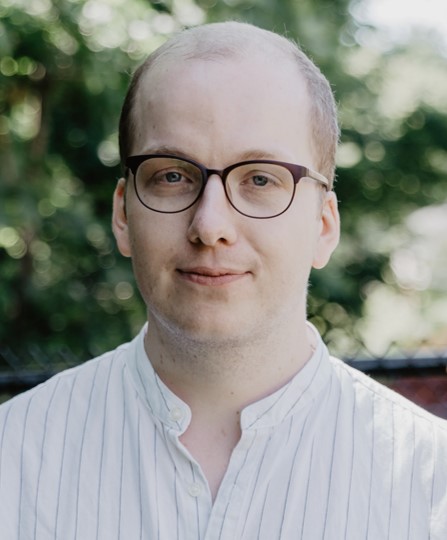 |
Michael Lukaszuk on UmArtsin postdoc-tutkija mediataiteen alalla, ja työskentelee Luovien alojen ja informatiikan laitoksilla. Hän on elektroakustinen säveltäjä, mediataiteilija ja tutkija, joka keskittyy algoritmisiin ja generatiivisiin menetelmiin, spatiaaliseen ääneen sekä multimedialliseen improvisaatioon. Hän tutkii, miten algoritminen media ja uudet digitaaliset musiikkiteknologiat liittyvät esityksellisyyden käsitteeseen nykyajan musiikissa. Hänen sävellyksiään ja tutkimuksiaan on esitelty kansainvälisesti muun muassa seuraavissa tapahtumissa: International Computer Music Conference, ISEA, SEAMUS, Toronto International Electroacoustic Symposium, Australasian Computer Music Festival ja NYCEMF. Hänen kirjoituksiaan on julkaistu lehdissä Emille, Chroma ja eContact!. Lukaszuk on saanut SOCAN-säätiön Hugh Le Caine -palkinnon (1. sija, elektroakustinen sarja) sekä kolmossijan palkinnon Kanadan elektroakustisen yhteisön JTTP-kilpailussa. Hän on suorittanut sävellyksen tohtorintutkinnon (DMA) Cincinnatin yliopiston College-Conservatory of Music -oppilaitoksessa sekä filosofian tohtorin tutkinnon (PhD) kulttuurintutkimuksessa Queen’s Universityssä Kingstonissa, Kanadassa. |
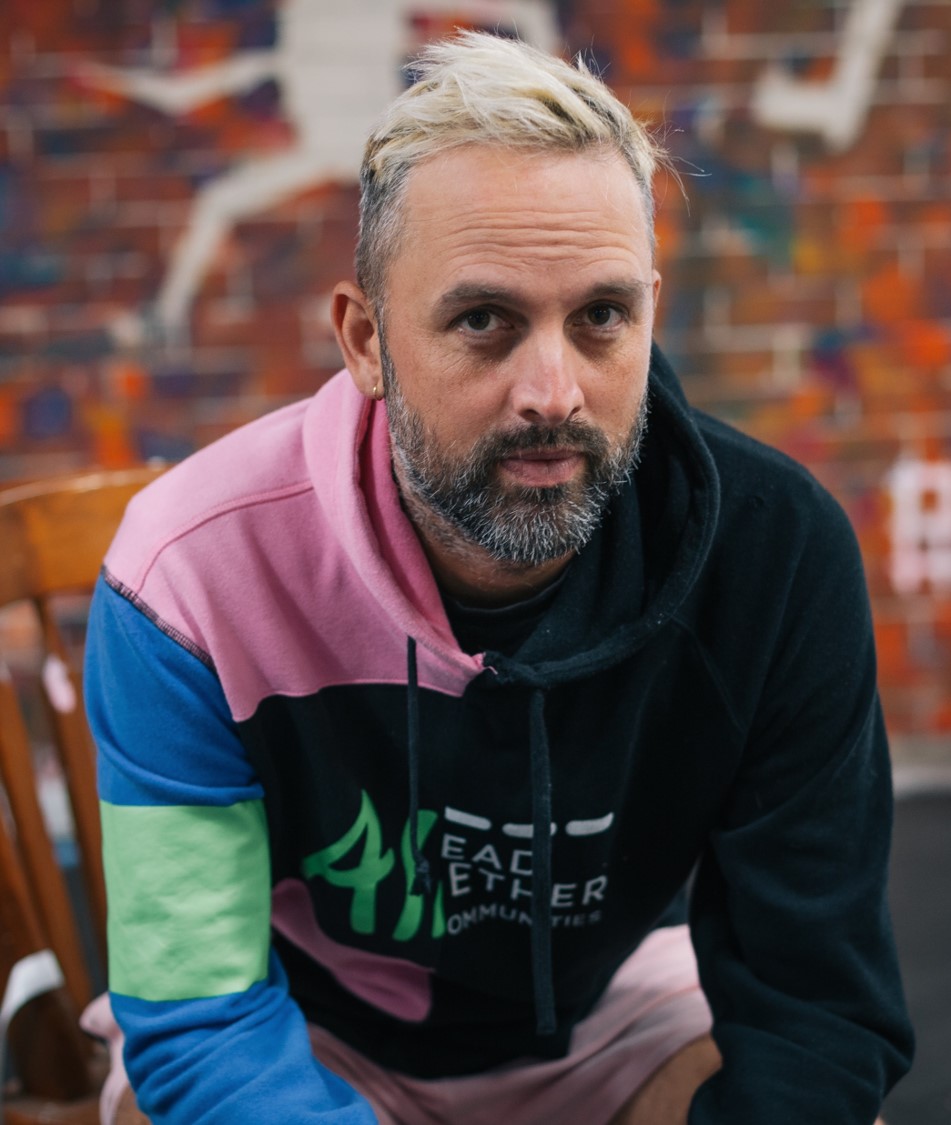 |
Jack Manning Bancroft on AIME-järjestön perustaja ja toimitusjohtaja. Hän on valmistunut Sydneyn yliopistosta ja Stanfordin yliopistosta, ollut Uuden Etelä-Walesin Vuoden nuori australialainen ja kirjoittanut kirjoja sekä lapsille että aikuisille. Jack on saanut ihmisoikeusmitalin, kunniajäsenyyden Länsi-Sydneyn yliopistosta ja on nuorin henkilö Australian historiassa, jolle on myönnetty kunniatohtorin arvonimi. Arvon hän sai Etelä-Australian yliopistolta. Tällä hetkellä hän toimii kunniajäsenenä Deakin-yliopistossa Indigenous Knowledge Systems Lab tutkimusyksikössä. |
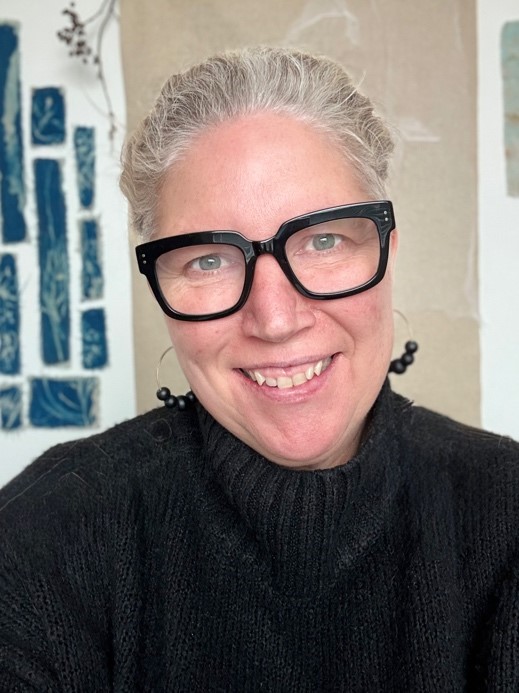 |
Katey O’Sullivan on australialainen kuvataiteilija, joka asuu ja työskentelee Wadawurrungin mailla Geelongissa. Hänen kokeellinen taiteensa yhdistyy tarinankerronnan, yhteisön ja luonnon teemoihin. O’Sullivan käyttää mielellään uudelleenkäytettyjä ja luonnosta kerättyjä materiaaleja abstrakteilla ja käsitteellisillä tavoilla. Hän hyödyntää työssään jännitteen mahdollisuuksia: O’Sullivanin taiteellinen prosessi alkaa itse asetetuista rajoitteista, mutta antautuu avoimesti sattuman vaikutukselle. Hänen teoksiinsa kuuluu veistoksellisia installaatioita, tekstiilitaidetta, vaihtoehtoisia grafiikanmenetelmiä ja valokuvausta. Valmistuttuaan kuvataiteen kandidaatiksi (BA) kesäkuussa 2025 O’Sullivan on jo osallistunut ryhmänäyttelyihin Deakin-yliopiston Project Space Galleryssa. Hän on after.fluxus.Collective- ja RegenArt Geelong -ryhmien perustajajäsen. Hän on esiintynyt Geelongin Third Space + Digital Galleryssa näyttelyssä Pernicious ja saanut City of Greater Geelongin apurahan tuottaakseen näyttelyn Hidden Treasures, joka juhlistaa kansainvälisiä opiskelijoita. Tällä hetkellä O’Sullivan kehittää tutkimuslähtöistä taiteellista työskentelyään taiteilijaresidenssissä Vaasan yliopistossa, Suomessa. |
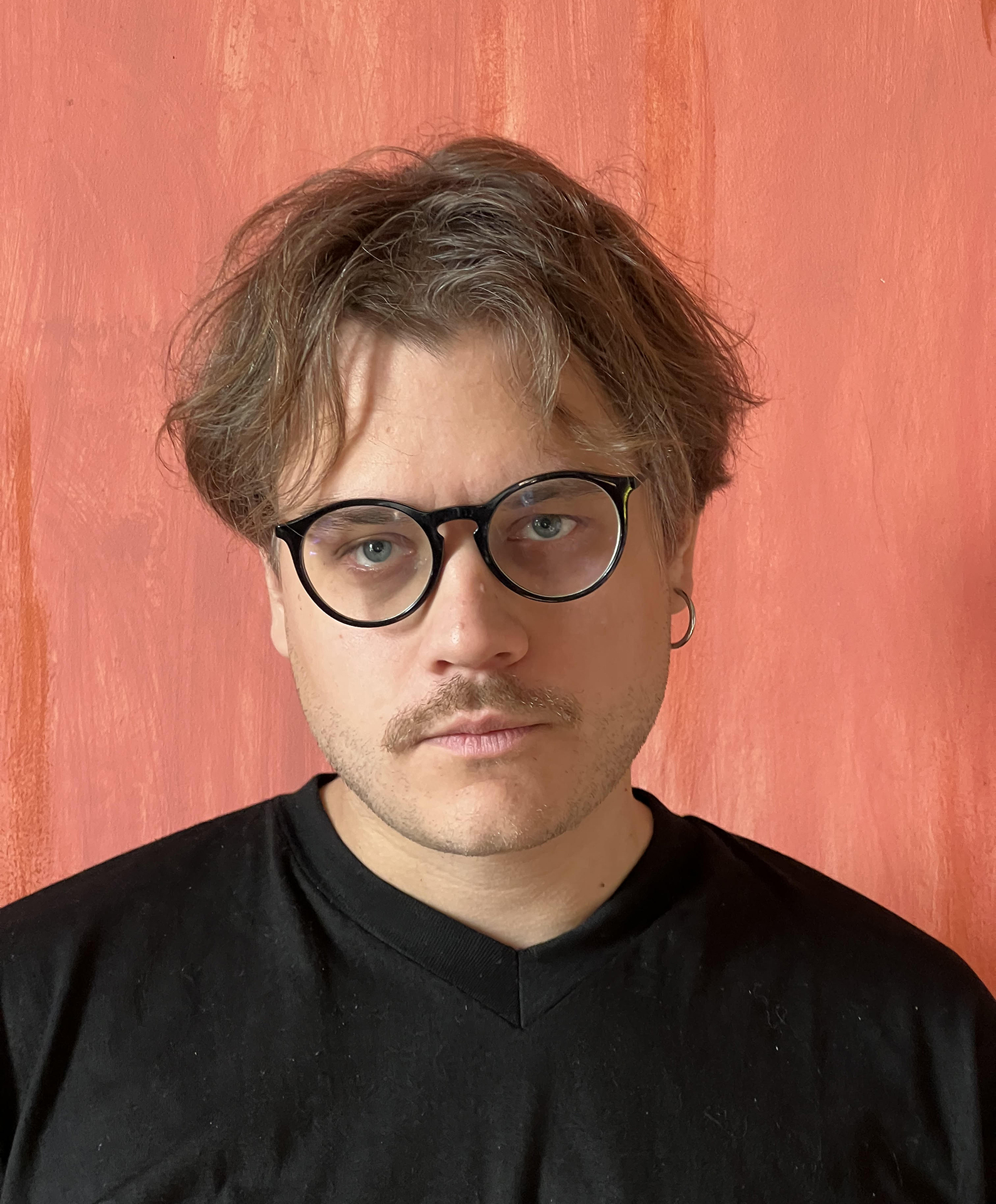 |
Jurgis Peters on latvialainen uuden median taiteilija ja tohtorikoulutettava Tampereen Yliopistossa, Suomessa. Hänen taiteellinen tutkimuksensa tarkastelee nousevien teknologioiden, erityisesti tekoälyn, vaikutusta yhteiskuntaan ja luovaan ilmaisuun. Jurgis käyttää tekoälyä sekä ilmaisuvälineenä että käsitteellisenä kehyksenä tutkiakseen, miten algoritmit voivat laajentaa taiteellisia kykyjä ja mahdollistaa muuntuneita, henkilökohtaisia kokemuksia. Hän on erityisen kiinnostunut siitä, miten tekoälyä ja muita uusia teknologioita voidaan hyödyntää muutettujen tietoisuudentilojen tutkimisessa ja käsittelemisessä. Hänen työnsä pohtii tekoälyn käyttöönoton eettisiä haasteita ja seurauksia, ja hahmottelee mahdollisia tulevaisuuksia spekulatiivisten visuaalisten kerrontojen kautta. Jurģiksellä on maisterin tutkinto (MA) audiovisuaalisista taiteista Latvian taideakatemiasta sekä tietojenkäsittelytieteen maisterin tutkinto (MSc) Birminghamin yliopistosta. Hän kehittää projekteihinsa räätälöityjä työkaluja ja algoritmeja, ja hänen teoksiaan on esitetty kansainvälisesti. |
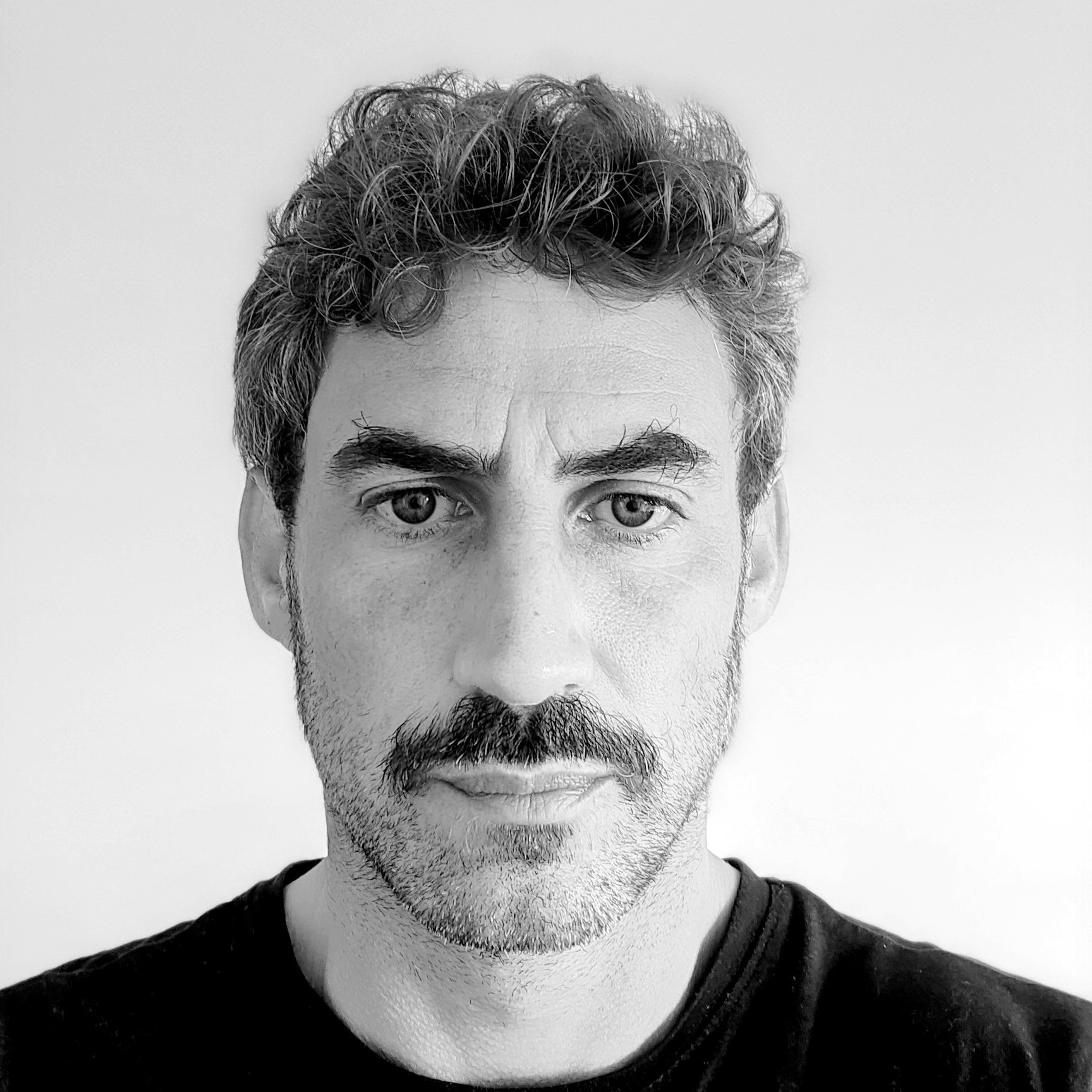 |
Frederick Rodrigues aloitti esiintymisen ja median tutkimisen muusikkona Sydneyn undergroundin kokeellisen musiikin, punkin ja aktivismin piirissä 1990-luvun lopulla. Tarpeesta päästä käsiksi median tuotannon infrastruktuuriin ja jatkona omaan näpertelyynsä Frederick opiskeli äänitekniikkaa hioen teknisiä taitojaan. Kehittääkseen näitä taitoja edelleen ja yrittäessään tunnistaa punk-kappaleissa mainitun ”he”, joka manipuloivat mediaamme, Frederick aloitti työskentelyn elokuva- ja televisiotuotannossa. Tämä kokemus antoi hänelle erinomaiset taidot yhteistyörakenteissa ja viestinnässä sekä syvällisen ymmärryksen tuotantotekniikoista. ”He” jäivät tunnistamatta, mutta rakenteet ja halut, jotka saavat mediamme toimimaan kuten se toimii, alkoivat paljastua. Tästä asemasta käsin Frederick pystyi hyödyntämään median tuotantokoneistoa omassa luovassa työssään sekä ympärillään olevien taiteilijoiden ja muusikoiden töissä. Samaan aikaan palkitun perinteisen jälkituotantotyönsä kanssa Frederick toteutti lukuisia yhteistyöprojekteja tässä yritysympäristössä, usein tavanomaisen taiteilijan ulottumattomissa. |
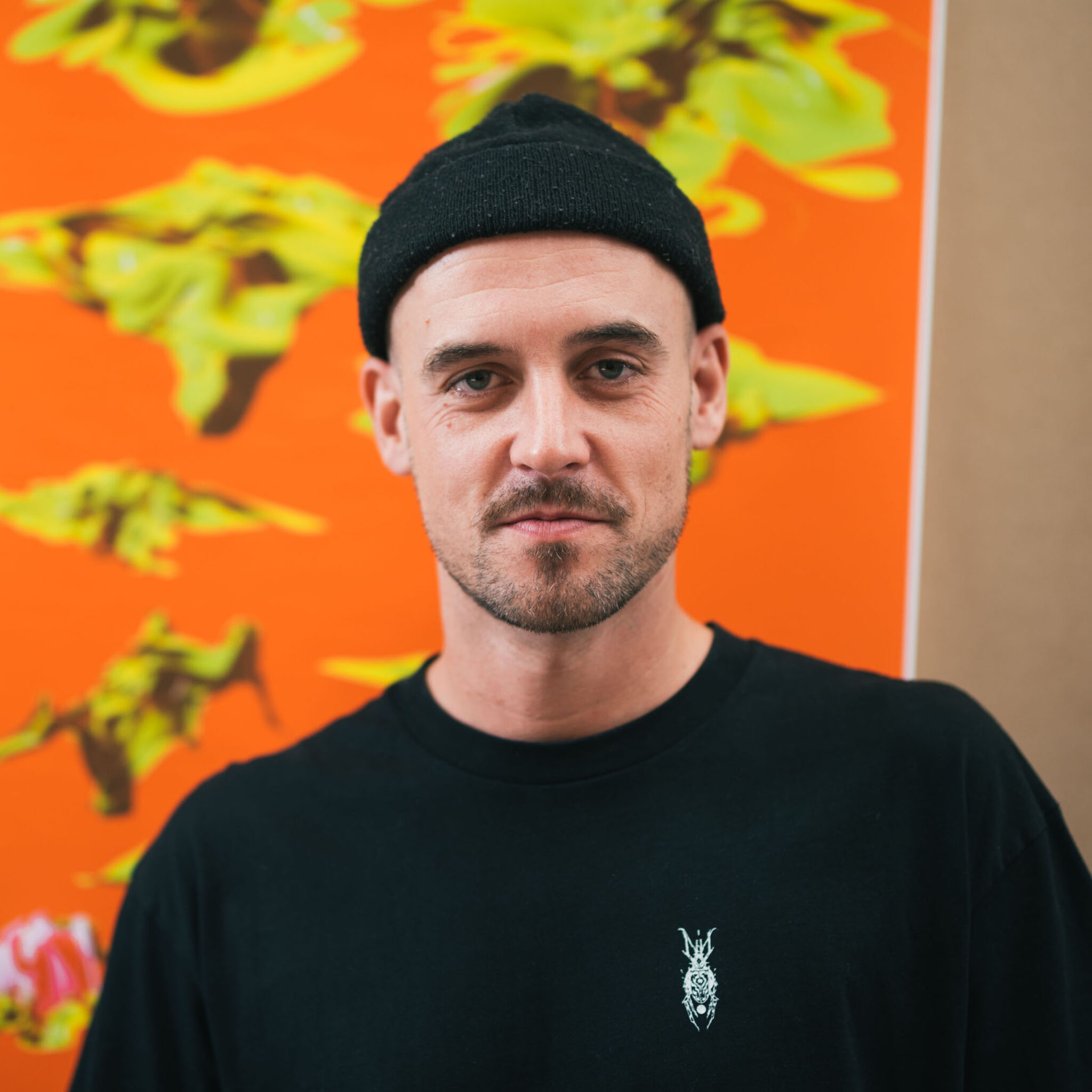 |
Spencer Rose on generatiivinen taiteilija, joka tutkii elämää solusimulaatioiden näkökulmasta. Hänen työnsä pohjautuu olemassaolon peruselementtien ja niiden monimutkaisuuden kyseenalaistamiseen. Spencer käyttää interaktiivisia hiukkassimulaatioita tutkiakseen jatkuvasti muuttuvien abstraktien muotojen liikettä ja niiden yhteyttä ääneen. Hyödyntämällä algoritmeja ja improvisaatiota miljoonien hiukkasten ohjaamiseen, tämä visuaalinen kaaos alkaa muistuttaa orgaanisen elämän piirteitä ja paljastaa simulaation ja todellisuuden yhteisiä juuria. |
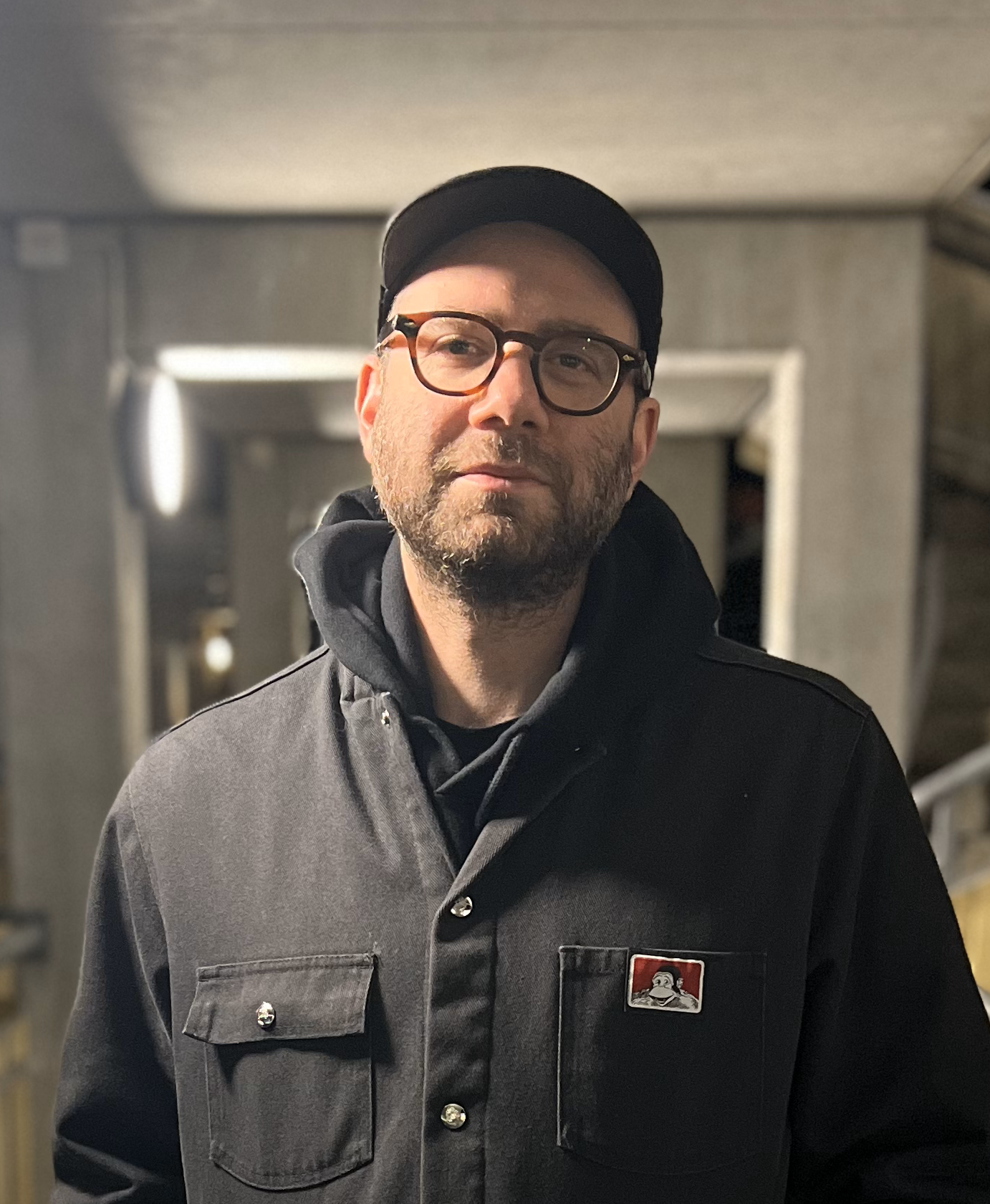 |
Daniel Shanken on UmArtsin WASP-HS Art and AI-postdoc-tutkija Uumajan arkkitehtuurikoulussa. Taiteilijana ja tutkijana hän tutkii teknologian ja kognition risteyskohtia, keskittyen niiden vaikutuksiin ympäristössä, tietoisuudessa ja kulttuurissa. Hänen työnsä kattaa installaatioita, videota, veistoksia, ääntä ja mediaa. Tällä hetkellä hänen tutkimuksensa keskittyy siihen, miten generatiivinen tekoäly, suositusalgoritmit, hakukoneet ja koneoppiminen vaikuttavat havaintoon ja luovaan työskentelyyn. Shankenin teoksia on ollut esillä kansainvälisesti muun muassa seuraavissa paikoissa: ICA London, Art Basel Hong Kong, Whitechapel Gallery, CCA Glasgow, Nottingham Contemporary, CFCCA Manchester, V Art Center Shanghai ja Kiasmassa Helsingissä. Hän on suorittanut kuvataiteen kandidaatin tutkinnon (BFA) Art Center College of Designissa (2006), kuvataiteen maisterin tutkinnon (MFA) Goldsmithsin yliopistossa Lontoossa (2012) sekä tohtorin tutkinnon nykytaiteen käytännön alalta, joka huipentui yksityisnäyttelyyn Stanley Picker Galleryssä vuonna 2023. |
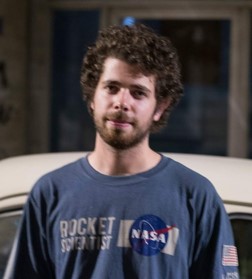 |
Nikiforos Staveris on tekoälyn maisteriopiskelija Uumajan yliopistossa, alun perin kotoisin Ateenasta, Kreikasta. Hänellä on kandidaatin tutkinto tietojenkäsittelytieteestä Ateenan talous- ja kauppakorkeakoulusta. Hän ei pidä itseään enempää taiteilijana kuin tietotekniikan insinöörinä – eikä enempää insinöörinä kuin taiteilijana. Tämän kaksijakoisuuden kautta hän haluaa tutkia, miten tekoälyä voidaan hyödyntää taiteilijan työkaluna – ei ihmistaiteen jäljittelyyn tai tuottamiseen, vaan täysin uudenlaisten, moniulotteisten taidekokonaisuuksien hahmottamiseen. |
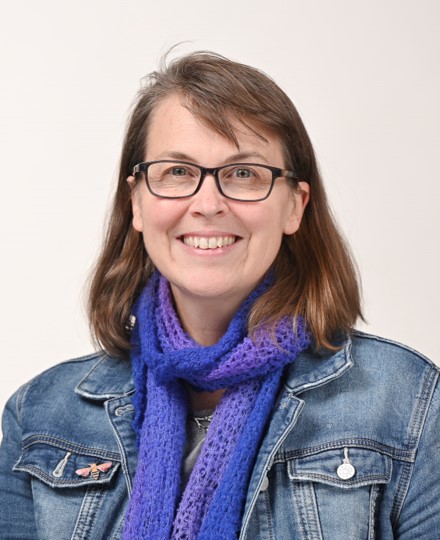 |
Peta White (Tiede- ja ympäristökasvatuksen asiantuntija) on apulaisprofessori tiede- ja ympäristökasvatuksessa Deakin-yliopistossa. Hän johti OECD:n PISA-ympäristötieteen osuuden vuonna 2025 julkaistuun tiedeohjelmaan Agency in the Anthropocene ja on aktiivinen ilmastonmuutokseen liittyvässä kasvatustutkimuksessa ja vaikuttamistyössä. Peta toimii myös Regenerating Futures -keskuksen toisena johtajana ja on Australian Journal of Environmental Education -lehden päätoimittajana.
|
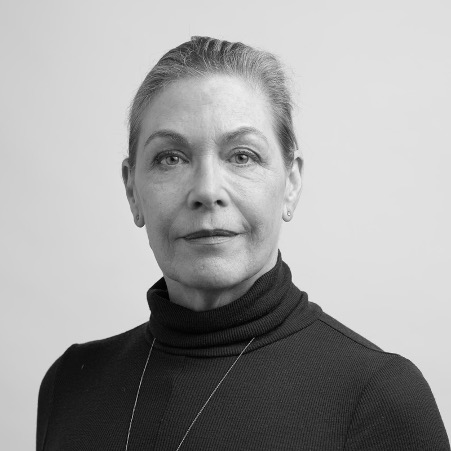 |
Anne Scott Wilsonin työ tutkii valon, datan ja yliaistillisen kokemuksen rajoja. Inspiraatiota hän ammentaa baletista, jossa toiston, kestävyyden ja kehollisen omistautumisen kautta tavoitellaan jotain itseä suurempaa. Anne tutkii teoksissaan ristiriitaa fyysisessä kehossa elämisen ja sen rajojen ylittämisen kaipuun välillä – käsitellen samalla kuolevaisuuden teemoja. Työskennellessään videon, tekoälyn, maalauksen, installaation, kirjoittamisen tai valokuvauksen parissa hän käyttää käytössään olevia työkaluja spontaanilla otteella. Leikki on keskeinen osa hänen lähestymistapaansa, ja siihen kuuluu epäonnistumisen hyväksyminen. Tässä toistuvassa tekemisen ja kokeilun prosessissa hänen ideansa paljastuvat vähitellen ja muotoutuvat orgaanisesti taiteeksi. |
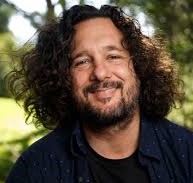 |
Tyson Yankaporta on alkuperäiskansataustainen tutkija (Apalech-suku (Wik), Lostmob Nungar), joka työskentelee alkuperäiskansojen tietojärjestelmien ja kollektiivisten alkuperäiskansojen tutkimusmenetelmien parissa, yhdistäen niin kompleksisuustieteitä. Hänen työnsä tähtää globaalisen olemassaolon uhkien ratkaisemiseen ja kriiseihin vastaamiseen uudistavan suunnittelun keinoin. Hän toimii monialaisesti kirjallisuuden/luovan kirjoittamisen, uskontososiologian (esim. disinformaatio/salaliittouskonnollisuus/IO:t), historian, alkuperäiskansatiedon, psykologian, ympäristötutkimuksen, arkkitehtuurin, tekniikan, alkuperäiskansasuunnittelun ja teknologian parissa. Hän on Indigenous Knowledge Systems Lab -tutkimusyksikön perustaja. |
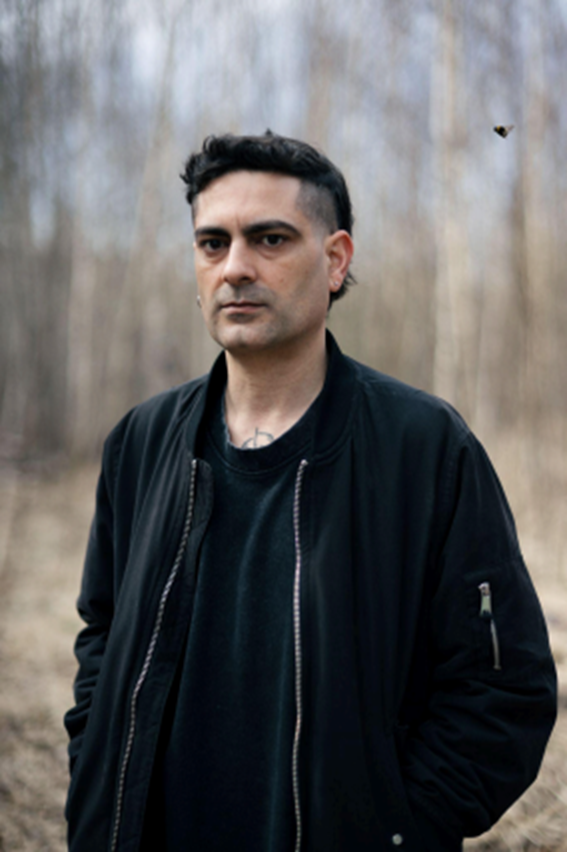 |
Michele Uccheddu on Suomessa asuva äänitaiteilija, lyömäsoittaja, elektronisen musiikin säveltäjä ja tuottaja. Hän on erityisen kiinnostunut luonnon ja teknologian yhteydestä elektronisessa musiikissa. Hän saa inspiraatiota generatiivisesta taiteesta ja psykoakustiikan tieteestä. Lisäksi Michele on kiinnostunut klubikulttuurista, kuten teknon, dubin ja ambientin äänimaailmoista. Michele on SUPRANU Records:n perustaja, ja on osallistunut merkittäviin projekteihin, kuten Venetsian biennaaliin (2014) sekä Abbiati-palkinnon voittaneeseen Roberto Doatin GEO-projektiin. Lisäksi hän osallistui Ars Electronica- festivaalin kansainväliseen hackathoniin vuonna 2021. Tällä hetkellä hänen työnsä keskittyy purkamisen (deconstruction) teemaan, jota hän soveltaa sekä musiikkiin että äänitaiteen installaatioihin. |